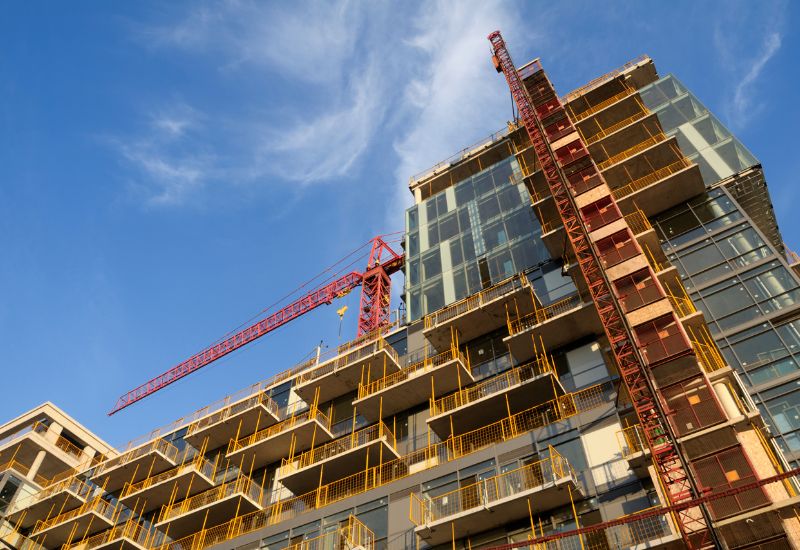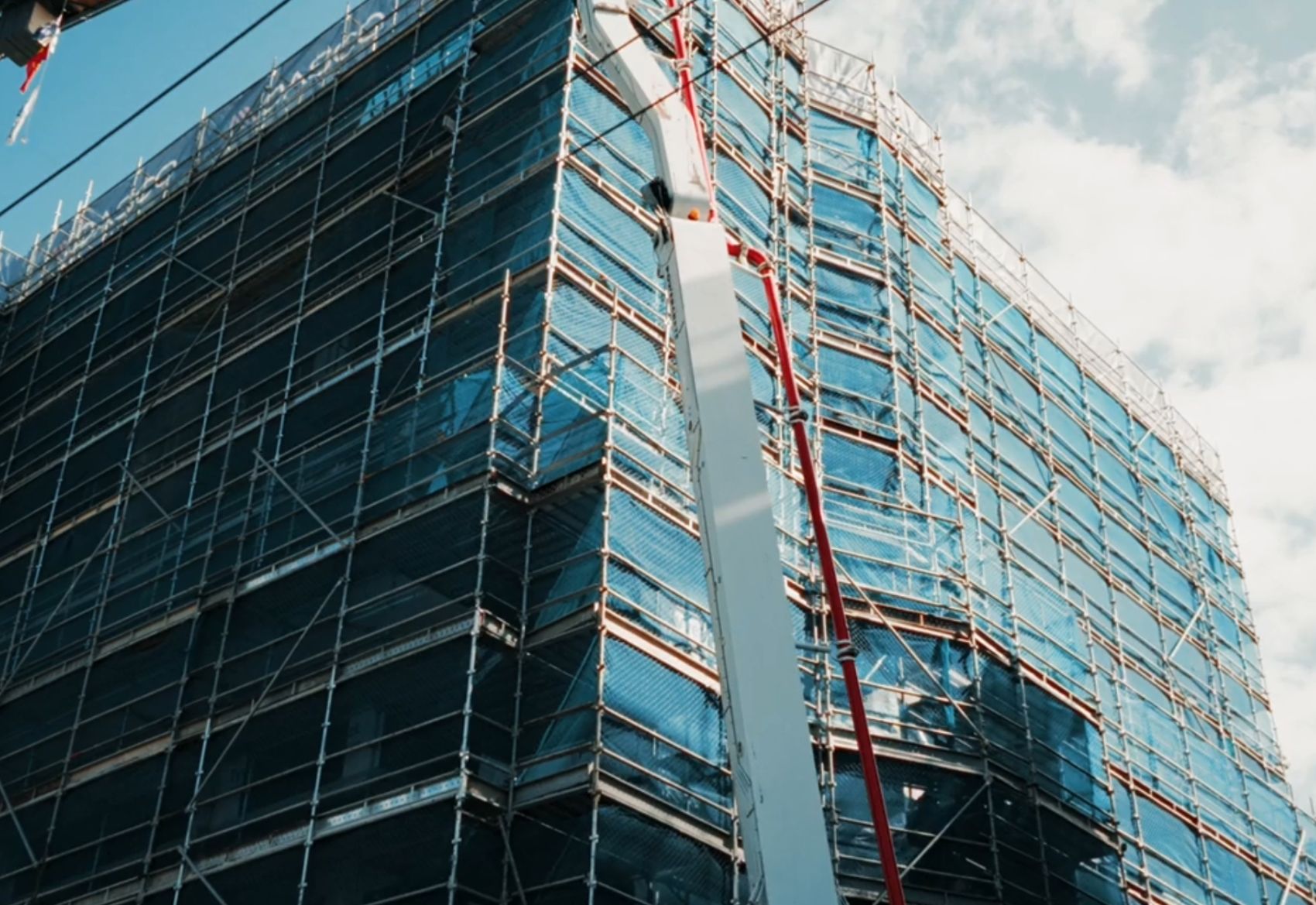Buyer Insights
Buying off the plan: what it means at every stage and how to get it right

Buying a property off the plan offers a unique opportunity to secure a future home or investment at today’s value, often with early access to premium layouts and customisation options. Making a purchase at different stages in the project can come with unique considerations and opportunities. Understanding what each stage entails not only builds confidence, it empowers you to make informed decisions.
Stage 1: before you sign anything
This is the early interest phase. You might be browsing listings, visiting display suites or attending project launches. In many cases, you’ll be offered the chance to place a holding deposit or reservation fee to secure a particular lot or floorplan. At this point, nothing is binding, but it’s where good decisions start.
This stage is your chance to understand what you’re actually buying: not just the design, but the developer’s track record, the location’s growth potential, and the financial and legal frameworks behind the project. This is where understandable excitement should meet rational due diligence.
Tips:
- Do your research on the developer. Ask to see completed projects and speak to past buyers if possible. Look for quality finishes and on-time delivery.
- Review the project’s location and market fundamentals: population growth, rental demand, infrastructure investment and supply pipeline.
- Engage a solicitor early to review draft contracts, disclosure statements and key clauses, including the sunset clause and any design flexibility allowances.
- Compare apartment layouts, orientation and size carefully. Look beyond the display suite, your actual apartment may differ.
Stage 2: signing the contract
Once you’ve selected your apartment or townhouse, you’ll be asked to sign a contract and pay a deposit, usually 10% or under, which is held in trust. This locks in your purchase price and secures the property for you. From here, it may be on average, 12 to 36 months before you settle.
At this stage, you’re no longer window shopping, you’re committing. That means it’s time to nail down details, clarify expectations, and make sure the contract aligns with what you were sold.
Tips:
- Read the inclusions list carefully. Confirm what’s standard and what’s an upgrade. Ensure that the finishes, appliances and layouts match your expectations.
- Understand the sunset clause, when does the developer need to complete the project by, and what happens if they don’t?
- Make sure you understand your financial obligations. Speak to a mortgage broker or bank about getting pre-approval now and understand what might change before settlement.
- Confirm whether stamp duty concessions or deferrals apply in your state, and whether you meet eligibility requirements.
Stage 3: construction begins
This part being labelled 'Stage 3' is a little deceptive, because people actually purchase at all phases of construction; some before ground is broken, some after the last coat of paint is applied. Regardless, if you're buying off the plan, you will experience a phase of construction. This stage can feel quiet from a buyer’s perspective, but a lot is happening behind the scenes. You might receive monthly or quarterly updates, construction photos, or newsletters from the developer or agent.
The challenge in this phase is staying informed while preparing for the future. Things can change during this stage and staying engaged helps you stay prepared.
Tips:
- Track construction progress via official updates.
- Be alert to any changes in your contract specifications, and understand the limits of what the developer can alter.
- Continue to save. The advantage of off the plan is you have time to save for any shortfall between loan and property price, and perhaps to even end up lending less.
- Keep communication open with your solicitor and broker so you're up-to-date with any bank/lender or other changes.
Stage 4: valuation access and finance finalisation
As construction progresses and the building nears completion, your lender will typically request access for a formal valuation. This is a standard part of the loan approval process for off the plan purchases and helps the bank confirm the property’s current market value before settlement.
At this point, your initial pre-approval (which may have been granted months or even years earlier) is revisited and assessed in full. It’s not unusual for lenders to require updated documentation.
A smooth valuation process requires coordination between the developer, agent, and lender, and ideally some preparation from you.
Tips:
- Speak to your mortgage broker early to confirm when your lender will require access and what documentation you’ll need to provide.
- Avoid making major financial changes (like changing jobs or taking on new debt) in the lead-up to finance finalisation.
- Stay in regular contact with your solicitor and broker to ensure you're aligned on key dates and requirements.
Stage 5: pre-settlement inspection
Once construction is nearing completion, you’ll be invited to inspect your apartment or townhouse. This is usually your first time seeing the finished product. It’s exciting, but also critical, because this is your opportunity to identify any issues before the property legally becomes yours.
The inspection should be treated seriously. You’re checking that what you paid for is what’s been delivered. And while being focused is important... you can also be excited, because this is a big day!
Tips:
- Bring a copy of your contract, plans and inclusions list to compare what was promised against what was built.
- Document anything missing clearly.
- Raise issues immediately so there’s time for the developer to rectify them before final payment is due.
Rest assured, it is a standard part of any project team's process to thoroughly inspect for and rectify details prior to settlement, so you have quality assurance eyes on this well before you inspect.
Stage 6: settlement and handover
Settlement is when the remaining funds are paid, legal ownership transfers to you, and you receive the keys. This is the final step, but it’s not just a handshake and a photo, it involves financial coordination, legal compliance and final checks.
Remember, a smooth handover starts with preparation.
Tips:
- Make sure your solicitor, lender and broker are working together and aware of the settlement timeline.
- Double-check all your financial requirements: stamp duty, legal fees, bank charges, registration costs, and ensure funds are accessible.
- Confirm all post-settlement contacts: who to call for repairs, how strata works, what the building manager handles.
- If you’re moving in, organise your utilities and insurance early.
- If you’re renting it out, appoint a property manager in advance to reduce vacancy time.
- Ask for warranties and certificates, including the occupancy certificate and any strata plans or building management documents.
Buying off the plan can open doors, literally and financially. You may access better pricing, stamp duty savings, and long-term value uplift by committing early. But the process involves multiple stages, and each one carries its own set of decisions.
The more informed you are at each stage — from that first display suite visit to the day you pick up the keys — the more confident and protected you’ll be.
At LINK Project Marketing, we understand both sides of the off-the-plan journey. We work with trusted developers and guide buyers through each phase, so you’re never left in the dark. Whether you’re ready to buy now or just starting to explore, we’re here to help you take the next step.

